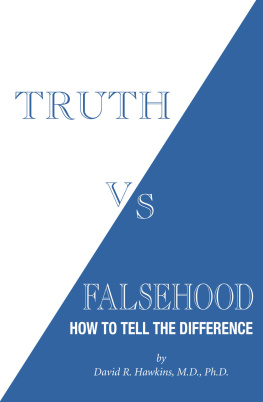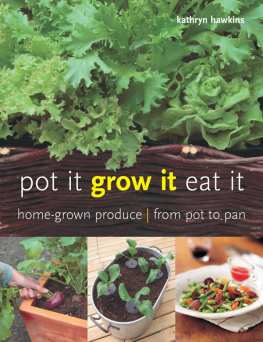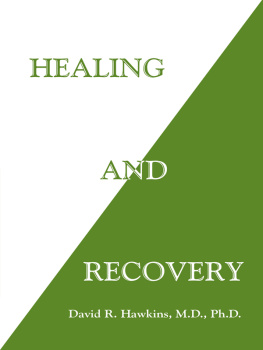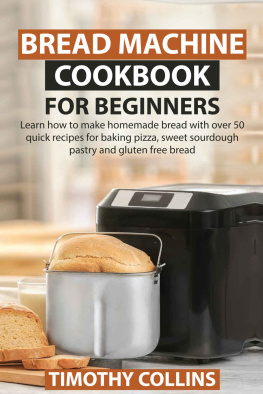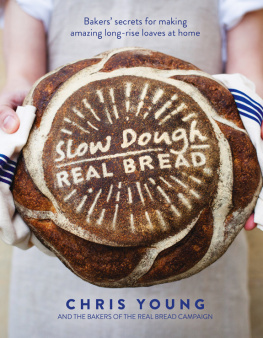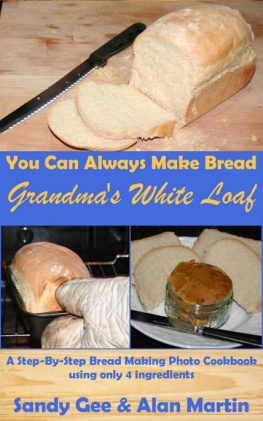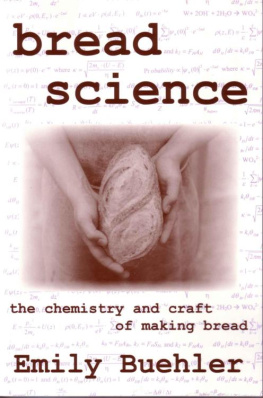Contents
Guide
Self-Sufficiency
Breadmaking


Self-Sufficiency
Breadmaking

Kathryn Hawkins

First published in 2012 by New Holland Publishers (UK) Ltd
London Cape Town Sydney Auckland
Garfield House
8688 Edgware Rd
London W2 2EA
United Kingdom
Wembley Square
Solan Street, Gardens
Cape Town 8000
South Africa
Unit 1, 66 Gibbes St
Chatswood
NSW 2067
Australia
218 Lake Road
Northcote
Auckland
New Zealand
Text copyright 2012 Kathryn Hawkins
Artworks copyright 2012 New Holland Publishers (UK) Ltd
Copyright 2012 New Holland Publishers (UK) Ltd
Kathryn Hawkins has asserted her moral right to be identified as the author of this work.
All rights reserved. No part of this publication may be reproduced, stored in a retrieval system, or transmitted in any form or by any means, electronic, mechanical, photocopying, recording or otherwise, without the prior written permission of the publishers and copyright holders.
eISBN 978 1 607652 54 0
Publisher: Clare Sayer
Senior Editor: Marilyn Inglis
Designer: Peter Crump
Production: Laurence Poos
Illustrations: David Sparshott
2 4 6 8 10 9 7 5 3 1
Reproduction by Pica Digital PTE Ldt, Singapore
Printed and bound in China by Toppan Leefung Printing Ltd
CONTENTS

INTRODUCTION
Making bread is truly fascinating. A few very simple ingredients flour, water and yeast once given the correct conditions and care, work together to provide something most of us eat and enjoy every single day of our lives. Bread is something anyone can afford to make; its achievable with only a basic level of culinary skill and you only have to follow a few simple rules.

The process of making the dough itself is often regarded as therapeutic theres nothing better for relieving a bit of tension than thumping and kneading the dough on the work surface and adapting a recipe by adding extra ingredients and shaping the dough to fit your requirements unleashes your creative side. Filling your kitchen with the delicious smells of fresh baking heightens the senses and then, of course, the finished product tastes great. Bread is the staple food of many diets the world over and making your own means you are able to provide an enjoyable and nutritious food for your family and your guests.
This book gives anyone who is interested in making their own bread a good grounding in all the essential constituents that combine to make the perfect loaf. Youll find a guide to the ingredients that make up the average loaf, as well as a simple explanation of their role in making up the dough. This is followed by an in-depth look at the different stages involved in breadmaking. It might look a bit daunting at first glance but it really is very straightforward once you get going. Just a few simple guidelines and youll be well on your way to creating your own delicious bread.
Once youve read through the basics, youll find the all-important recipe section. These pages should provide you with instructions for all the basic loaves you might want to bake, from the plain white loaf to the more luxurious enriched breads such as brioche and stllen. There are a couple of recipes for gluten-free baking as well as yeast-free loaves, and throughout this section youll find hints and tips for making variations in flavour, texture and shape. The best news about breadmaking is that you dont need any fancy equipment. You should be able to get started right away and will soon be enjoying the aroma of fresh baking and the unbeatable taste of wholesome, freshly made bread.



A brief history

Bread is a fundamental food throughout the world. This simple everyday staple, referred to as the staff of life, has provided vital sustenance for humans since the beginning of time. In times of hardship, individuals have often survived on bread and water alone, and in times of celebration, bread is always part of the feast.
Bread from prehistory to the 21st century
Bread has been at the centre of culinary and cultural life for humans since prehistoric times, and it has played a role in religious customs and superstitions for centuries. In Christian tradition, the breaking of bread during Holy Communion symbolizes the body of Christ. Traditionally loaves were hung in houses on Good Friday to ward off evil spirits and a cross was cut into the top of breads as a ritual to let the Devil out. Special breads are baked for specific occasions: hot cross buns for Easter; Jewish matzo for Passover, and harvest loaves to signify fertility and abundance for the year ahead.

The evolution of our humble loaf goes hand in hand with developments in raising crops, milling and baking. In Europe, West Asia and the Near East, suitable grains such as wheat, rye and barley, thrive. Where the climate is less suitable for these grains, other crops such as rice have become the staple of choice.
For thousands of years grains were ground into a type of flour by using a pestle and mortar-type utensil to give roughly ground grain. This process was superseded by the use of two flat stones pressing against each other to produce a finer-grained flour. Referred to as saddle stones, this method is represented in Egyptian hieroglyphs and mill stones have been excavated in many parts of the world. In prehistoric times, the simple flours produced were mixed with water and cooked in the fire or on hot stones to make hard flat breads.

This foodstuff was a common part of the diet in late Stone-Age life in parts of the world where grain grew well, and these early breads survive today puri, roti, chapati and tortillas are all forms of this ancient cooking method.


